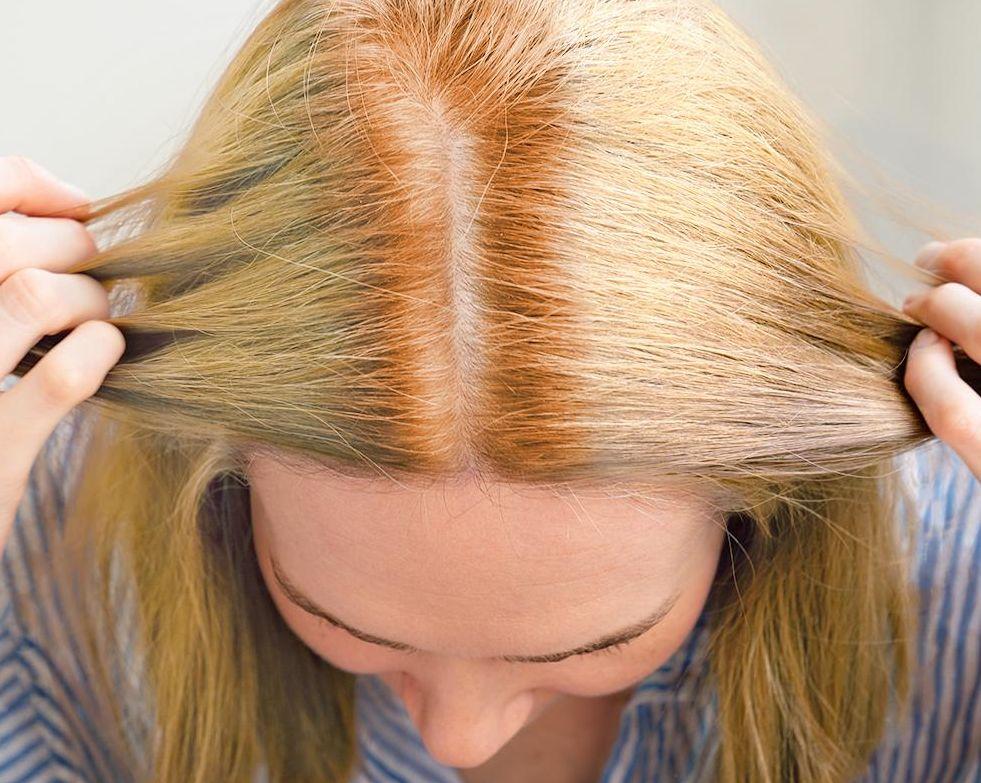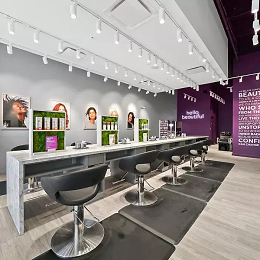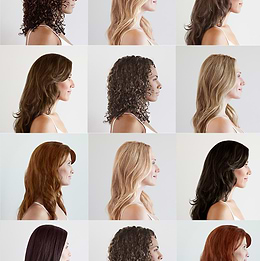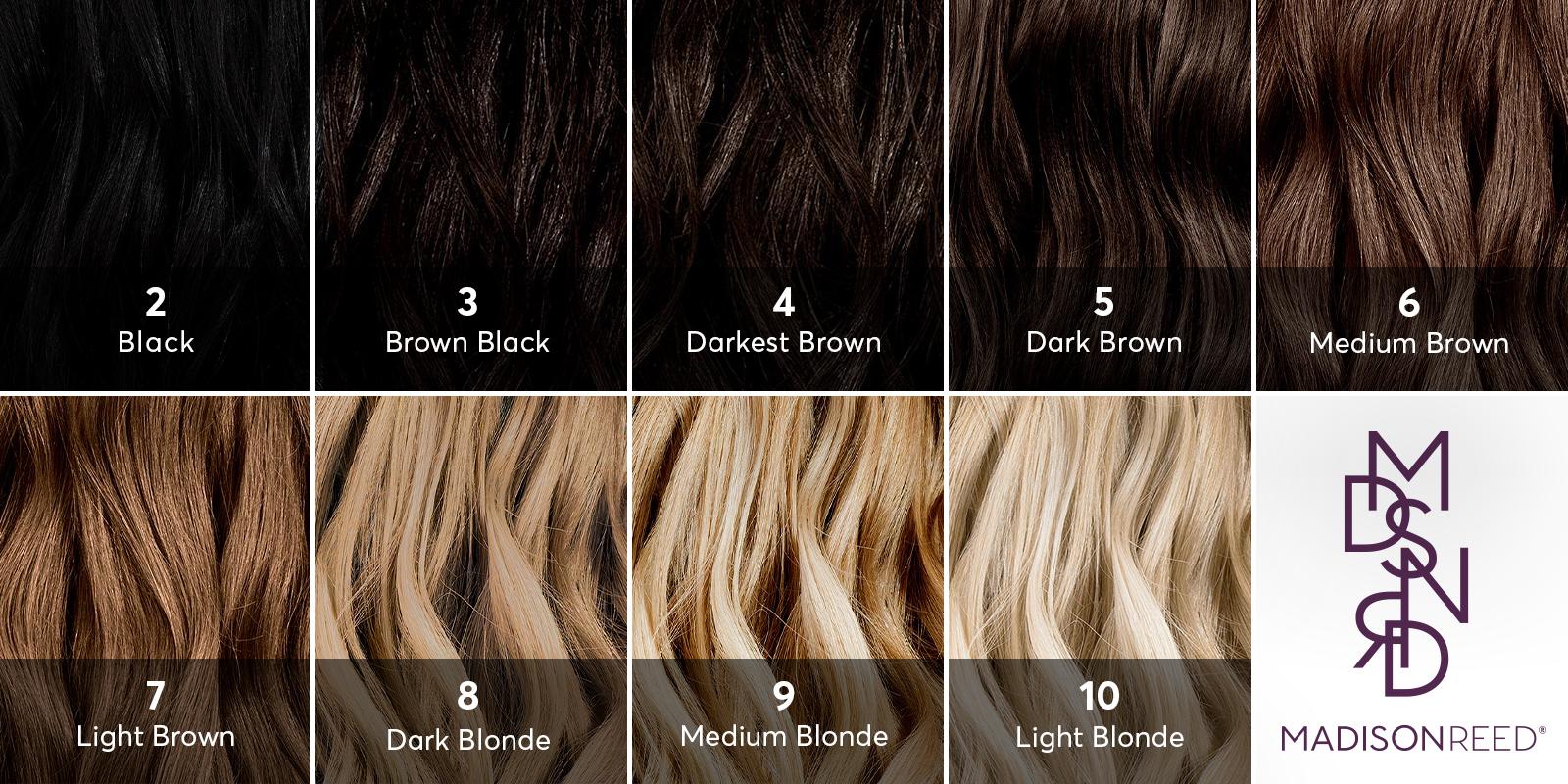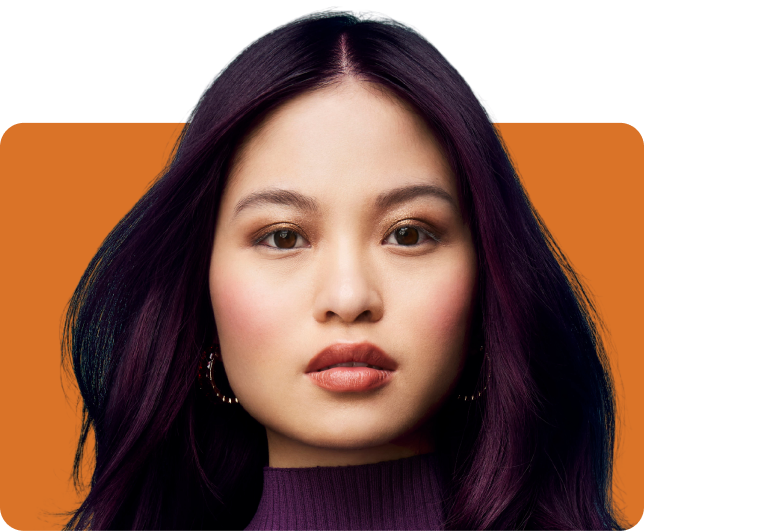Unfortunately, “hot roots” does not actually mean people think your roots or even your hair color look really good. On the contrary, hot roots is a term that professional colorists use when the roots of your hair are noticeably–and unintentionally–warmer than the rest of your hair color. With hot roots, the hair color near your scalp is usually redder, and can appear orange. This can occur with any shade of hair color, from blonde to brown, redheads, even black hair color. Bear in mind that roots are naturally a little darker than the rest of the hair but not warmer, so hot roots appear unnatural...and unwanted.
How Do Hot Roots Happen and How To Get Rid of Them?
Hot roots can be a challenge for many people, but there are effective solutions to this problem to maintain a more uniform appearance. Where does this problem come from? Hot Roots can happen for one of two reasons:
Hot Roots can happen for one of two reasons:
1. Hot Roots: The trap of bleaching previously-colored hair
It may not feel like it, but your scalp is always a bit warm, so when you are coloring your hair, the heat from your scalp can cause your roots to respond faster to hair color than the midlengths and ends. This results in hot roots, when the natural hair closest to the scalp reacts to the light hair color more quickly than the rest of your hair and your roots lighten while the already-colored hair doesn't. Not exactly the look you're going for.
